The practice of meditation may have historically suffered from a few recent stereotypes, such as it is only practiced by “hippies,” or it is linked to unfamiliar religions. Thankfully, meditation has eschewed these tired tropes and has become accepted as a positive activity to incorporate into the mental well-being aspect of a healthy lifestyle.
Our busy and often overwhelming routines, filled with personal, family, and work obligations, can cause us to stretch beyond healthy limits and create combinations and degrees of stress and anxiety. Not all activities should be perceived as eliciting negativity. Still, their cumulative effect may sometimes prevent us from feeling our best or achieving our health goals.
Over time, tension-filled muscles and cluttered minds will keep us from thinking clearly; thus, functioning successfully physically and mentally can be more challenging. These characteristics can be reversed by including meditation as part of your daily life to minimize anxiety and stress. It requires no specific equipment or unique location. It only needs you to decide to allocate even a few minutes to focus on awareness of your mind and body.
Meditation combined with a healthy diet can significantly improve your mental health. Minor changes to your diet instead of more extensive, drastic ones are more sustainable. Starting slowly also helps you eat healthy without noticing you’re doing it. Something as simple as substituting processed baking flour with gluten-free flour can make a big difference in how you feel.
Lotus Position? Chanting “om”?
Only if you want to and if it adds to your meditation practice. An excellent first step is to find a comfortable place to sit. You can sit cross-legged on the floor or on a cozy chair. It doesn’t matter so much, whereas how. You have to determine how you will feel most comfortable sitting still for five or ten minutes and eventually longer.
Once you are seated comfortably, begin focusing on each breath going in and out of your body. Keep your mind in this place and try not to let it wander. You may not succeed immediately or even after several attempts. Still, eventually, you will find this place free from distraction, allowing you to: clear your thoughts, relax your muscles, and gently assist your mind and body in freeing themselves from stress and anxiety.
Is your frantic mind wandering again? It is perfectly fine and a good indication of your discovery and understanding of the meditation process. If you can’t focus or are peppered with distractions, there is no harm done, which is one of the fantastic things about meditation. When you are alerted to your distraction, gently motivate yourself back to your breathing to connect to your mind.
Some Potential Benefits of Meditation
Once you begin a meditation practice and subsequently increase its frequency and duration, you may realize the immense impact it can have as an integral component of living mindfully. Some practitioners will experience:
· Clearing the mind of excessive negative and unproductive thoughts
· Relaxing the body to reduce muscle tension and physical pain
· Identifying negative feelings and helping them to dissipate
· Unlocking imagination and creativity
· Calming stressful responses
Meditation practice is not an attempt to cure all that is wrong with your body or mind. There is no pretense of banishing depression or removing all manifestations of stress. What it can do is quite simple in concept and practice. It can help you connect to both your body and mind in a way that opens up the prospect of awareness and healing. To what extent might be the part that gets more complicated.
Meditation doesn’t come with a how-to manual or dos and don’ts. It is as personal as anything you do to create tranquility and balance so you can experience a healthy life. It is up to you to decide where you sit, whether you do it alone or in a group if you do it for five minutes or fifty minutes. The most important part is, to begin with hope and kindness directed at yourself rather than looking for expectations or results.
Remember. Breathe in. Breathe out.




